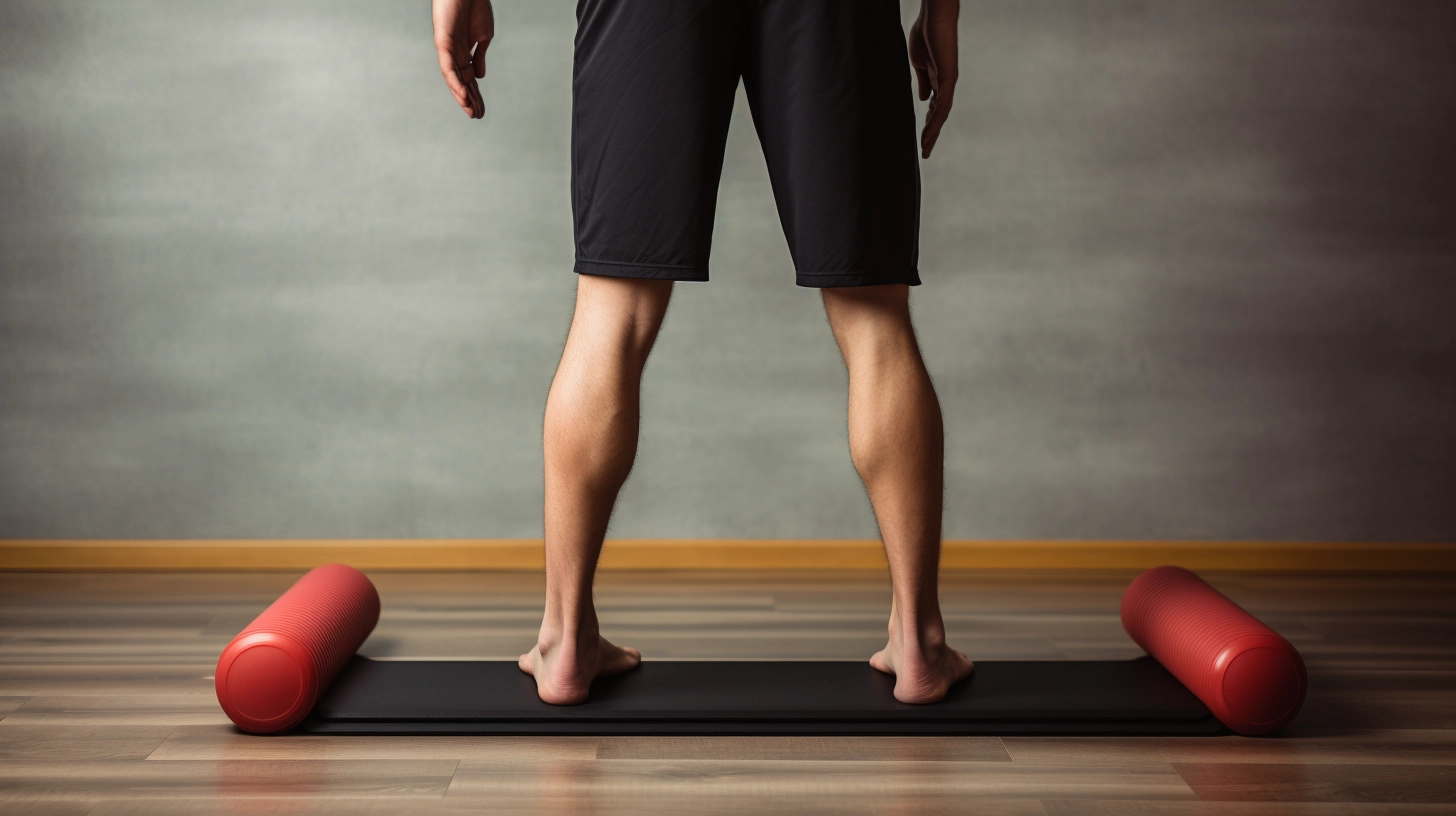When it comes to building leg muscles, the Peloton bike is a popular choice for fitness enthusiasts. But does Peloton truly deliver results when it comes to sculpting and strengthening your legs?
In this blog, we will explore the impact of Peloton workouts on leg muscle development, providing you with valuable insights and guidance on how to optimize your Peloton sessions for maximum leg gains. So, let’s dive into the world of Peloton and unravel the secrets behind building strong, toned legs.

Understanding the Impact of Peloton Workouts on Leg Muscle
Also read about: Peloton Diet to Lose Weight – Journey to a Healthier You
1. Power-Packed Cycling Workouts
The Peloton bike offers a range of cycling classes that are designed to target and engage your leg muscles. Whether you’re participating in a high-intensity interval training (HIIT) class, a hill climb, or a scenic ride, the continuous pedaling action activates and challenges various muscles in your lower body, including your quadriceps, hamstrings, glutes, and calves.
2. Engaging the Quadriceps
During a Peloton cycling session, your quadriceps muscles, located on the front of your thighs, play a significant role in powering each pedal stroke. As you push down on the pedals, the quadriceps contract and extend your knee joint, providing the force required to generate movement. Regular participation in Peloton workouts can lead to increased strength and definition in your quadriceps, giving your legs a more sculpted appearance.
Read in detail about What Muscles Are You Actually Working on the Bike
3. Targeting the Hamstrings
While the quadriceps drive the downward motion of each pedal stroke, the hamstrings, located on the back of your thighs, come into action during the upward phase. As you pull up on the pedals, the hamstrings contract to flex your knee joint and assist in generating power. By incorporating Peloton workouts into your fitness routine, you can effectively engage and strengthen your hamstrings, leading to improved muscular balance in your legs.
4. Activating the Glutes
Your gluteal muscles, commonly known as the glutes, are also engaged during Peloton cycling workouts. While not the primary muscles involved, the glutes provide stability and support as you pedal, helping to maintain proper form and alignment. Additionally, some Peloton classes incorporate specific movements, such as standing climbs or seated sprints, that target and activate the glutes more directly, contributing to their development and toning.
5. Strengthening the Calves
The continuous pedaling action during Peloton workouts also engages your calf muscles. The calf complex, consisting of the gastrocnemius and soleus muscles, works to press down on the pedals, enabling ankle plantar flexion and providing the necessary force for propulsion. Regular participation in Peloton cycling classes can lead to improved calf strength, endurance, and definition.
FAQs
Q. Can Peloton workouts exclusively build leg muscle?
While Peloton workouts are highly effective for strengthening and toning leg muscles, it’s important to incorporate a well-rounded fitness routine that includes a variety of exercises to target all major muscle groups for optimal results.
Q. How frequently should I participate in Peloton workouts to see leg muscle gains?
The frequency of Peloton workouts depends on your fitness level and goals. Consistency is key, so aim for a balanced schedule that allows for recovery and gradual progression. Start with 2-3 sessions per week and gradually increase as your body adapts.
Q. What types of Peloton classes are best for building leg muscle?
Peloton classes such as Power Zone, Climb, and HIIT incorporate challenging intervals and resistance levels that effectively target leg muscles. However, it’s beneficial to sample various classes to keep your workouts diverse and engaging.
Final Words
Peloton workouts have the potential to build leg muscle and transform your lower body. By harnessing the power of cycling and engaging muscles such as the quadriceps, hamstrings, glutes, and calves, you can sculpt and strengthen your legs with regular participation in Peloton classes. Remember to maintain consistency, vary your workout routine, and listen to your body’s needs. So, hop on your Peloton bike, pedal with intention, and unlock the incredible leg-transforming benefits that await you.


